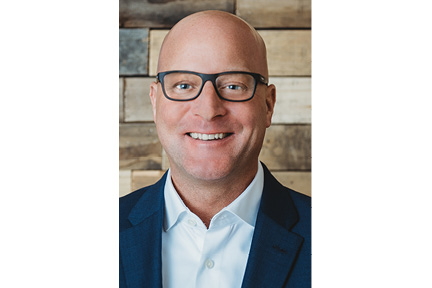Sponsored
Secure Act 2.0: Congress Makes More Changes to Retirement Accounts
by Kevin Kroskey, CFP®, MBA
unity Up for Retirement Enhancement (SECURE) Act 2.0 recently passed Congress as part of the Consolidated Appropriations Act of 2023. While no single change made in this act will have the same level of effect on your retirement planning as some changes made in the original SECURE Act, passed in December 2019, there are far more provisions in this act that may impact your planning. Some of the more impactful changes are discussed below.
RMDs Changed Again
The original Secure Act pushed back the Required Minimum Distribution (RMD) age from 70.5 to 72. SECURE Act 2.0 pushes the date back to 73 for those born between 1951 and 1959. This change means that no one will need to start RMDs in 2023 due to their age. Further, if born in 1960 or after, the starting age for RMDs is 75.
This change won’t impact most retirees, because they’ll need to tap their retirement accounts to meet spending goals. Successful savers with a mix of tax-deferred, taxable, and tax-free assets, however, will have a few more years to take a proactive, tax-smart approach to your retirement distribution strategy with the aim of optimizing after-tax wealth.
Roth Changes
There were several Roth-related changes, giving you more options to utilize Roth retirement accounts. The first is the ability for you to utilize a Simple or SEP Roth IRA. Previously, both Simple and SEP IRAs were only able to accept pre-tax contributions.
If you have a 401(k) or 403(b) plan with your employer, the new rules allow employers to deposit matching contributions to the Roth plan. These matching contributions must be added to your income and must not be subject to a vesting schedule. These too were previously only available as pre-tax contributions.
Another positive Roth change for employer plans is that, effective in 2024, RMDs for Roth accounts are eliminated. Currently, while Roth IRAs are not subject to RMDs during the owner’s lifetime, Roth accounts in employer plans, are subject to the regular RMD rules even though distributions are tax free.
It is important to note that your specific employer plans may take some time to adopt the above changes. While these options are permissible, many are not required to be adopted by employer plans.
One change that could slightly hurt your retirement-planning strategies (and speaking as an employer: will further complicate administrative and operational payroll requirements; thank you Uncle Sam!) – is requiring employee catch-up contributions for high-earners’ retirement plans to be Roth. This provision will begin in 2024. If your wages for the preceding calendar year from the employer sponsoring the plan exceeds $145,000 (indexed for inflation), your catch-up contributions will have to be made via a Roth or after-tax contribution. The legislation also states that if the plan does not permit these types of contributions, then catch-up contributions for high-wage earners will not be allowed.
Other Changes
SECURE Act 2.0 made two changes to increase the amount available to contribute to your retirement accounts. The first change is indexing the IRA catch-up contribution amount for inflation. The amount has been a flat $1,000 since the Pension Protection Act of 2006. Effective in 2024, this amount will increase with inflation in increments of $100.
The second and more impactful change applies to employer retirement plan catch-up contributions. Catch-up contributions are allowed the year you turn 50 and can be up to $7,500 in 2023. Now there is another tier for those between the ages of 60 and 63. Between these ages, catch-up contribution limits are increased to the greater of $10,000 (indexed for inflation), or 150% of the regular plan catch-up contribution amount. As in the original SECURE Act, there is no impact on the age Qualified Charitable Distributions (QCDs) that can be made from retirement accounts. That age remains 70.5.
One provision that was not contained in SECURE Act 2.0 that many thought would be is the elimination of the use of the Back-Door Roth and Mega-Back-Door Roth contributions. These provisions may still allow you to make contributions (large contributions in the case of mega-back-door) to Roth accounts even if your income limits you to make regular Roth IRA contributions.
There are many other provisions within the newly passed SECURE 2.0 Act that could have a significant impact on your retirement planning. Consulting a qualified certified financial planner practitioner with both financial and tax planning expertise to review how these and other changes will affect your retirement planning would likely be time and money well spent.
For more information on how to Plan Smarter for a Low-Tax Retirement obtain a free guide at: bit.ly/tw23_1

Sponsored by
True Wealth Design
Kevin Kroskey, CFP®, MBA is the Founder of True Wealth Design, a wealth management firm with deep expertise in retirement, tax, and investment planning, helping successful families and individuals Plan Smarter and Live BetterTM
Opinions and claims expressed above are those of the author and do not necessarily reflect those of ScripType Publishing.

